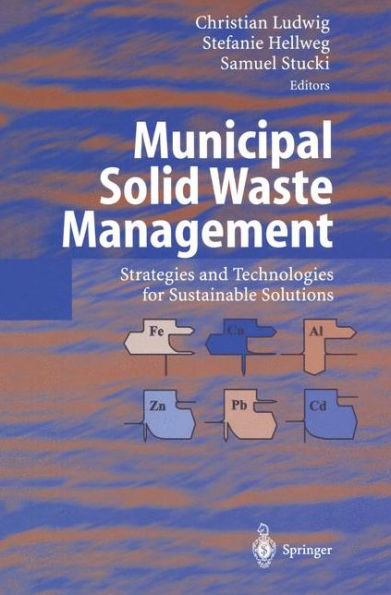Motivation The other day I was waiting at the station for my train. Next to me a young lady was nonchalantly leaning against the wall. Suddenly, she took a cigarette pack out of her handbag, pulled out the last cigarette, put it between her lips, crushed the empty pack, threw it on the ground and hedonistically lit the cigarette. I thought to myself, "What a behavior?!". The nearest trashcan was just five meters away. So I bent down, took the crushed pack and gave it back to her, saying that she had lost it. She looked at me in a rather deranged way, but she said nothing and of waste to the trashcan. brought the piece Often people are not aware of the waste they produce. They get rid of it and that's it. As soon as the charming lady dropped the cigarette pack, the problem was solved for her. The pack was on the ground and it suddenly no longer belonged to her. It is taken for granted that somebody else will do the cleaning up. There is a saying that nature does not produce waste. For long as humans obtained the goods they needed from the ground where they lived, the waste that was produced could be handled by nature. This has drastically changed due to urbanization and waste produced by human activities has become a severe burden.



